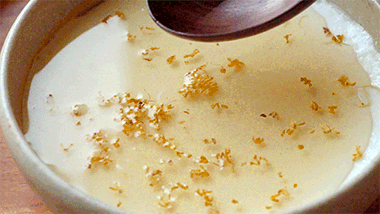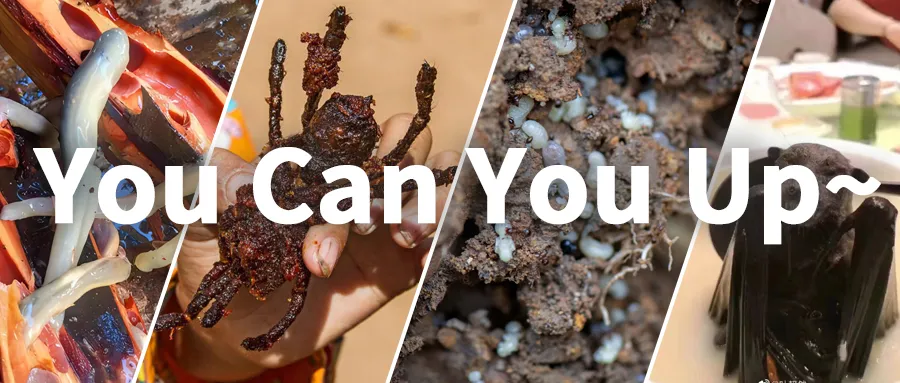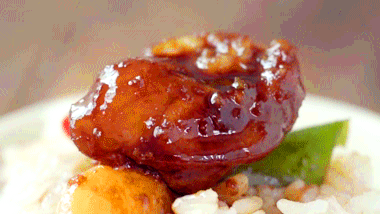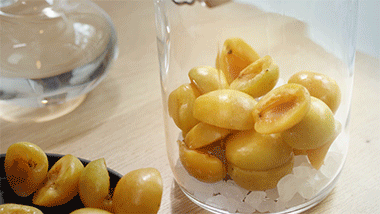The Philippines is home to some of the most unique and shocking delicacies. While these dishes are everyday favorites for locals, they often leave international visitors—including exchange students—completely baffled.
Tamilok: The Ultimate Test of Courage
Tamilok is a dish for the brave! Whether found at a street food stall or a high-end restaurant, it is an unmistakable part of Filipino cuisine. However, first-time visitors often hesitate due to its slimy texture and unusual appearance. Only the boldest diners can truly appreciate its unique taste.
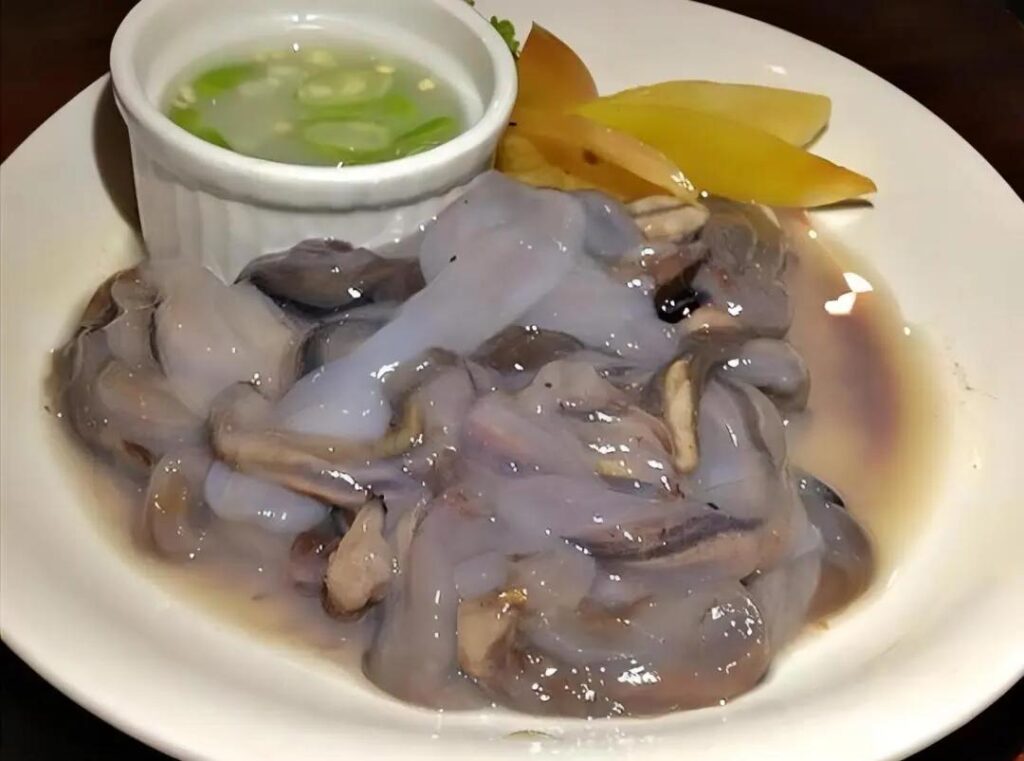
A Delicacy Best Served Raw
As the saying goes, “High-quality ingredients require the simplest preparation.” In the case of Tamilok, the purest way to enjoy it is as sashimi. Locals pick up two fresh, mucus-covered worms, dip them into a sauce made of calamansi, ginger, and minced garlic, and swallow them whole. This ritual is considered a tribute to nature’s bounty.

Tamilok has many nicknames—none of them particularly appealing. Tourists often call it the “tree worm” after witnessing its nightmare-inducing harvesting process. Before earning its place as a street food icon, Tamilok was simply a wood-boring mollusk, wreaking havoc on mangrove forests and wooden ships. This destructive behavior led sailors to give it a rather unappetizing name—“shipworm”.

Interestingly, Tamilok only got its modern name when an American National Geographic journalist visited the Philippines during World War II. After watching locals slurp down the slimy creatures, he allegedly exclaimed, “Tommy, look!”—a phrase that, when pronounced with a Filipino accent, transformed into “Tamilok.”

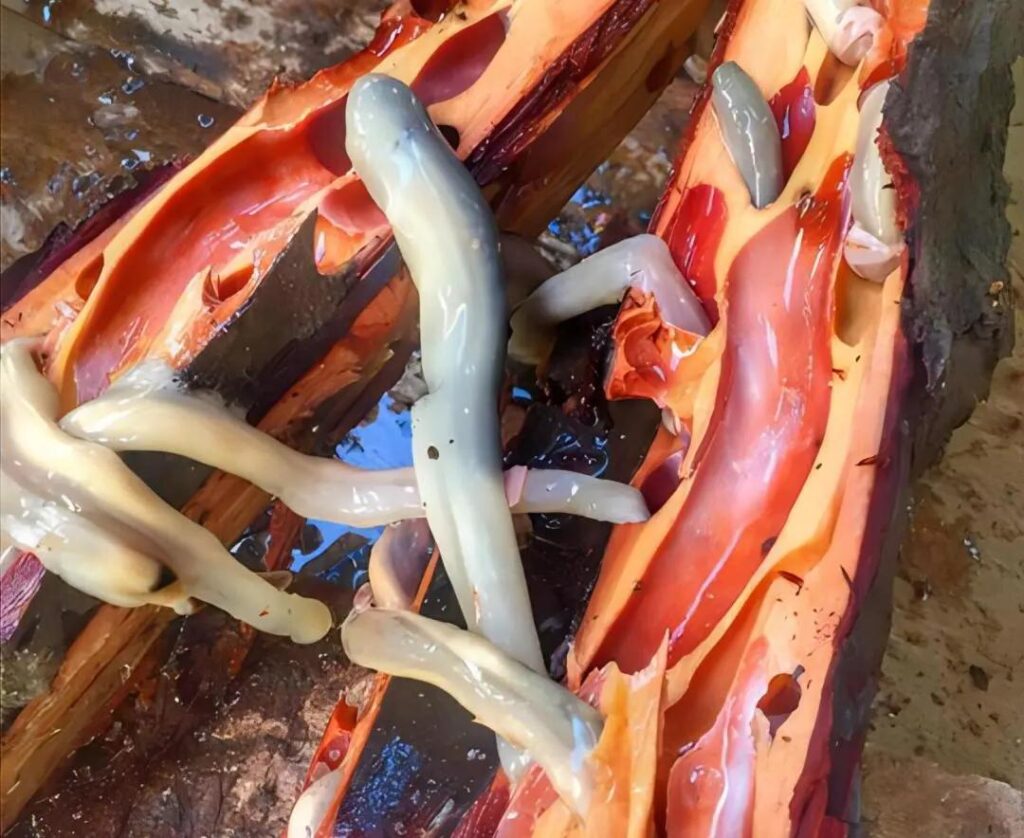
What Does Tamilok Taste Like?
Despite its unsettling appearance, Tamilok is not actually a worm but a marine bivalve mollusk. Its texture and taste are difficult to describe. Some say it carries the earthy scent of decayed wood, while others compare its smooth, milky texture to fresh oysters. Some taste an umami-packed burst of ocean flavor, while others find a lingering reminder of the forest it came from.

For adventurous male travelers, Tamilok is often their first meal in the Philippines. Why? Because street vendors love to claim, “It works just like oysters!”—implying certain aphrodisiac properties.

Today, Tamilok has replaced Balut as the most infamous Filipino street delicacy. The rising demand has even led to concerns over mangrove conservation, turning this once-taboo food into a booming business.

Balut: The World’s Most Notorious Fertilized Egg
Balut is perhaps the most internationally recognized “fear factor” food from the Philippines. Similar to China’s “hairy egg” or “live embryo egg”, balut is a fertilized duck egg that is incubated for 14 to 21 days, allowing the embryo to partially develop.

How to Eat Balut
The preparation process is simple: the eggs are boiled for about 30 minutes until fully cooked. To eat it:
- Crack open the top of the eggshell.
- Sip the flavorful broth inside.
- Peel off the shell and dip the embryo in a mixture of salt, chili, calamansi juice, vinegar, pepper, or fish sauce.
- Take a bite!
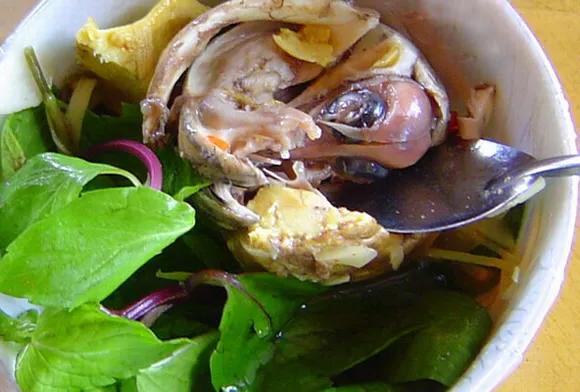
Balut is known for its rich, savory taste, combining the tenderness of duck meat with the silkiness of egg yolk. Packed with protein, it’s a popular street snack and a staple of Filipino nightlife.
Abuos: The Filipino Caviar—Made of Ant Eggs
Ant eggs may sound unusual, but they have long been considered a delicacy in various cultures. In the Philippines, a special dish called Abuos is made using the eggs of red weaver ants or tree canopy ants, which build their nests in mango trees.
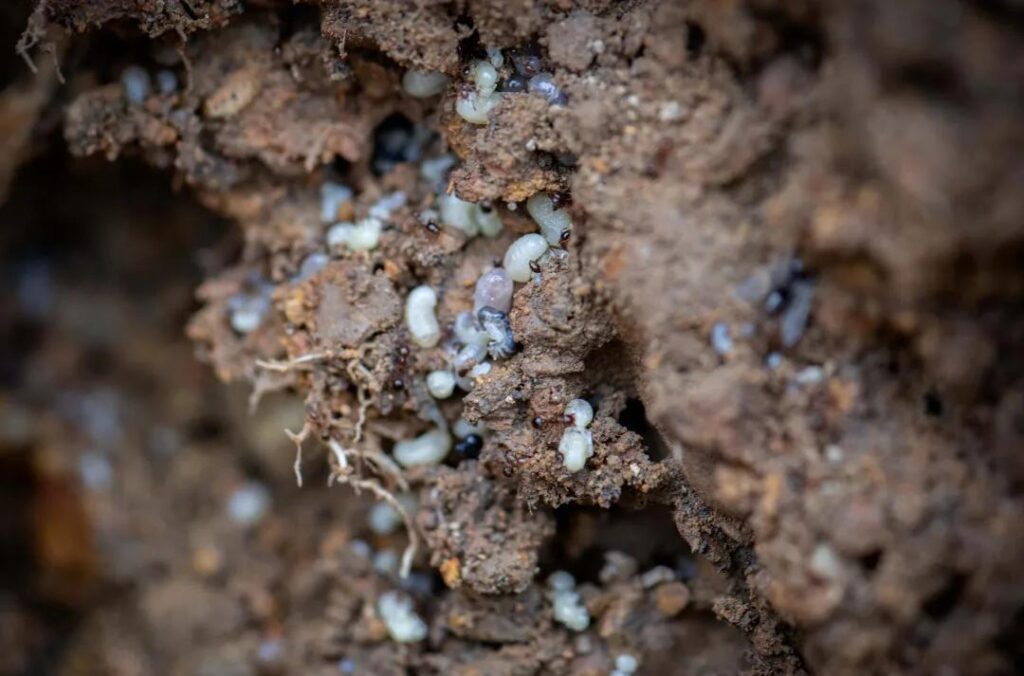
How Abuos is Prepared
Cooking Abuos is surprisingly simple. The ant larvae and eggs are stir-fried with tomatoes and garlic, creating a visually striking dish. The tiny, pearl-like eggs resemble sprouting mung beans, with a light and slightly crunchy texture.
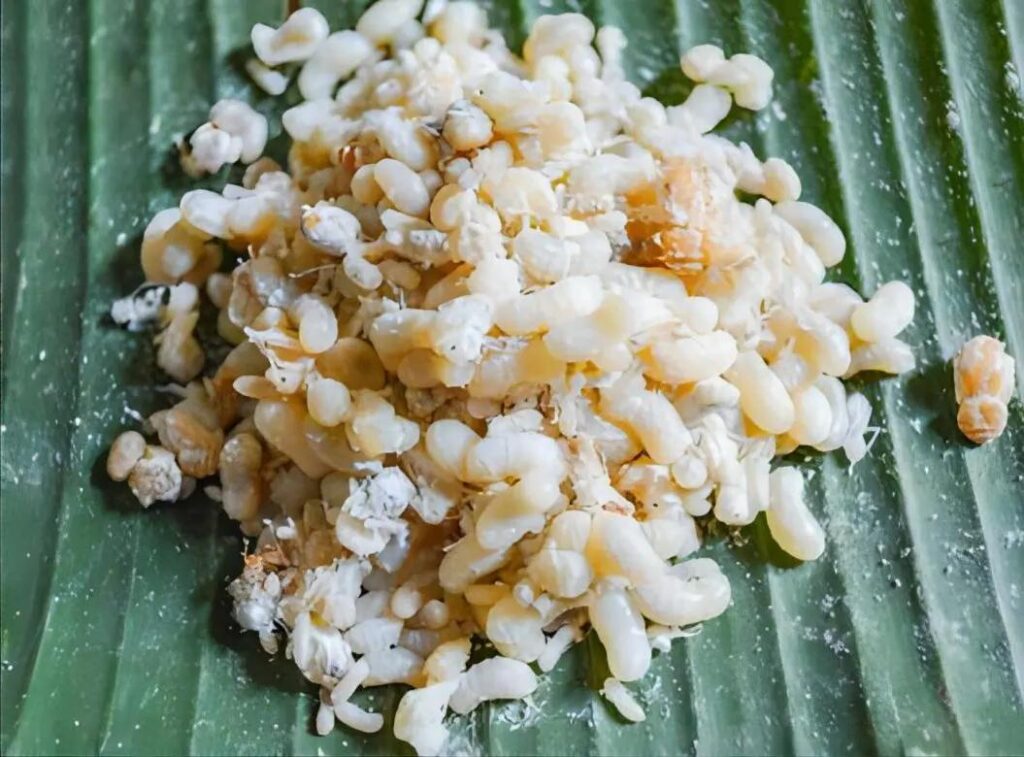
Due to its high nutritional value, Abuos is often referred to as the “caviar of the Philippines.” However, its price remains relatively high due to the difficulty of harvesting.
Would you dare to try these bizarre Filipino delicacies? Let us know which one you’d be willing to take a bite of!





